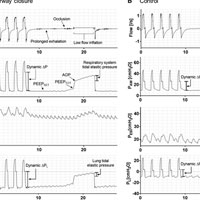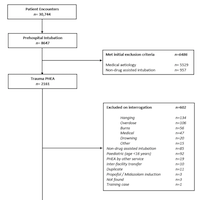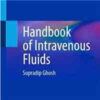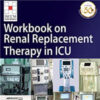Airway Closure during Surgical Pneumoperitoneum in Obese Patients
anesthesiology.pubs.asahq.org
In obese patients, complete airway closure is frequent during anesthesia and is worsened by Trendelenburg pneumoperitoneum, which increases airway opening pressure and alveolar pressure: besides preventing alveolar derecruitment, this yields misinterpretation of respiratory mechanics and generates a pressure threshold to inflate the lung that can reach high values, spreading concerns on the safety of pressure-controlled modes in this setting.
11 of 50 patients showed airway closure after intubation, with a median (interquartile range) airway opening pressure of 9 cm H2O. With pneumoperitoneum, airway opening pressure increased up to 21 cm H2O and end-expiratory lung volume remained unchanged, because end-expiratory alveolar pressure increased consistently with airway opening pressure and counterbalanced pneumoperitoneum-induced increases in end-expiratory esophageal pressure.
Within the procedures of a clinical trial during gynecological surgery, obese patients underwent respiratory/lung mechanics and lung volume assessment both before and after pneumoperitoneum, in the supine and Trendelenburg positions, respectively.
















